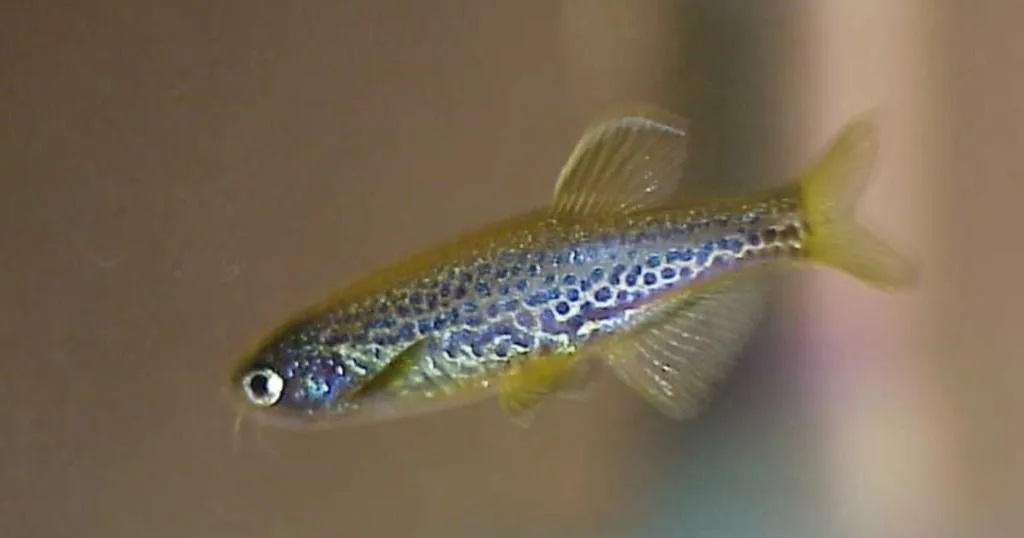Behavioral neuroscience in the circular economy: the contribution of Zebrafish
What do Zebrafish and sewage sludge have in common? In this blog their use as a screening tool is highlighted to asses the ecotoxicity in soil.
Posted by
Published on
Wed 13 Jul. 2022
Topics
| Behavioral Research | Ecotoxicology | Fish | Toxicity | Zebrafish |
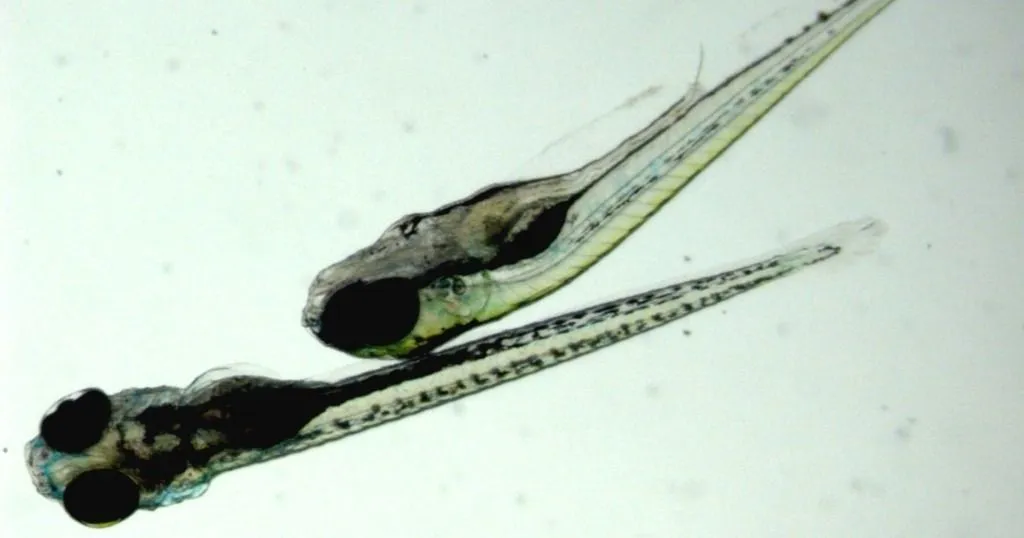
The use of zebrafish, in all life stages, is increasing in popularity considering its use as a bioassay. This small, versatile and easy to study fish provides valuable information on (eco)toxicity questions/issues , whether on a behavioral or morphological level.
We highlighted a recent study by Camilla Della Torre et al, that use the zebrafish to study the (eco)toxicity of sewage sludge in soil.
The contribution of Zebrafish in sewage sludge processing: Behavioral neuroscience in the circular economy.
To combat soil loss with sustainable practices, sewage sludge (SS) is often used as a soil supplement or substitute to also increase nutrients and soil resilience. There are however concerns about using sewage sludge related to toxicity of certain compounds. Although wastewater treatment processes removes the bulk of the harmful materials, there are still toxic chemicals in sewage sludge that pose a risk to terrestrial and aquatic plant and animal life.
To overcome this, and implement circular economy strategies in the implementation of sewage sludge for soil supplementation, an innovative process called hydrothermal carbonisation (HTC) can be used to convert the sewage sludge into hydrochar (HC). Hydrochar is a carbon rich solid with applications in agriculture, soil amendment, and even has substantial environmental benefits due to its ability to absorb CO2. But what about the chemical contaminants that were possibly already present in the sewage sludge?
And what does this have to do with Zebrafish?
Bioassays are an interesting and innovate approach to use as a screening tool for assessing ecotoxicity for wastewater and sludge. Most of the investigations surrounding hydrochar considering ecotoxicity however have mostly been done in soil organisms. A recent study by Camilla Della Torre et al aimed at using Zebrafish (Danio Rerio) embryo/larvae in such a bioassay to evaluate the hazards for natural (aquatic) ecosystems associated with sewage sludge and hydrochar exposure [1].
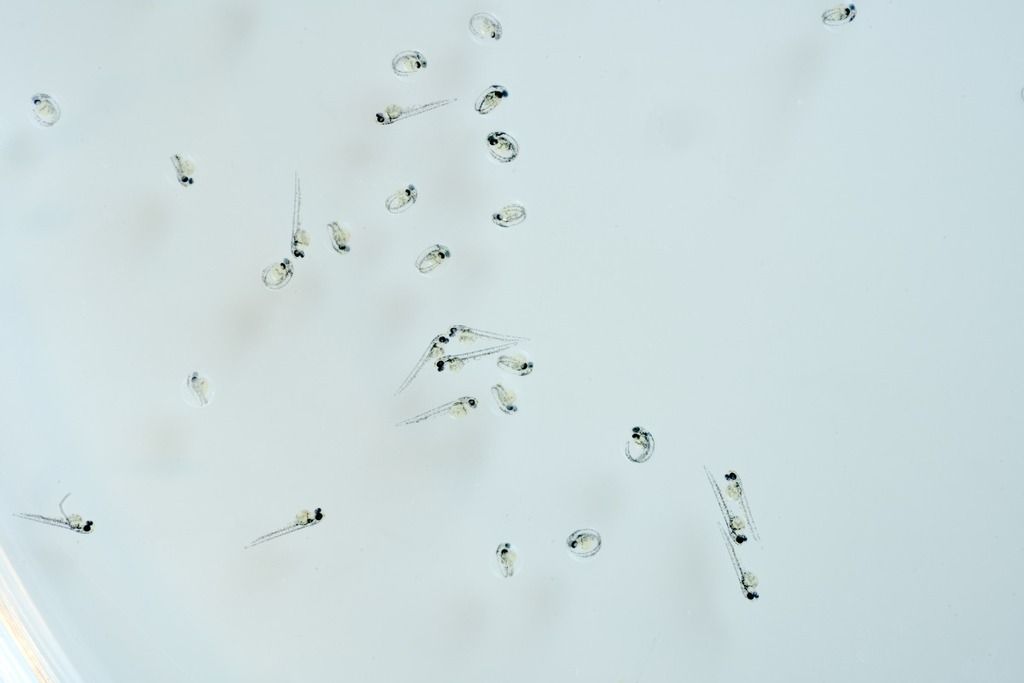
Zebrafish as a model for ecotoxicity
The zebrafish embryo/larvae is an excellent model organism in ecotoxicity management. Fast development, small size and transparency make this an easy and scalable model to use in laboratory conditions. Using zebrafish embryo/larvae also contributes to the three Rs (reduction, replacement and refinement) in animal testing methods.
Della Torre et al hypothesized that hydrochar induces a lower amount of toxicity compared to sewage sludge. To achieve this, their study first aimed at the suitability of zebrafish embryo contact testing for sewage sludge and hydrochar. This is basically an acute toxicity test used to identify concentrations of chemicals (in this case those present in SS and HC) that cause acute toxicity. A standardised approach herein is the determination of the lethal concentration (50%; LC50).
Behavioral assessment using DanioVision
To screen for these possibly toxic effects of sewage sludge and hydrochar, a sediment contact assay (SCA) was used. This is a widely adopted assay to screen for hazards that are associated with pollutant-bound sediment. Enzymes related to detoxification, oxidative stress and neurotoxicity were analysed. This was all coupled with an investigation into behavioral alteration using Noldus’ DanioVision™ observation chamber, which is powered by EthoVision XT.
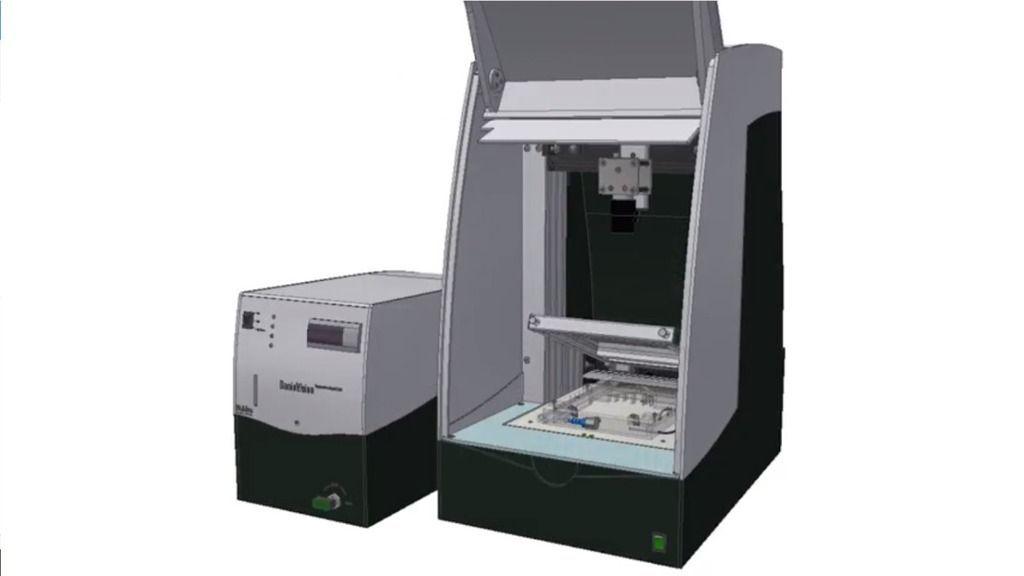
Locomotor behavior was assessed in larvae at 96 hpf in multi-well plates in control, sewage sludge and hydrochar exposure groups. The swimming performances were assessed following a light/dark transition locomotor response test specifically designed for zebrafish larvae.
Hydrochar is less toxic than sewage sludge
Della Torre et al found with this behavioral assay that larvae exposed to hydrochar reduces the load of some neuroactive molecules that impact swimming performances, compared to exposure to sewage sludge. Swimming activity usually decreases significantly when exposed to (neuro)toxic chemicals. This decline in swimming behavior was greatest in the sewage sludge and in hydrochar exposed groups compared to control, and the effect was higher in sewage sludge with respect to hydrochar. This partial recovery of swimming activity might be related to a “cage-like effect” of hydrochar towards chemicals with neuroactive potential.
The importance of behavioral assays and ecotoxicity studies in (zebra)fish
The study by Della Torre et al contributes to promoting the zebrafish as a representative biological model of the aquatic system. In terms of practically assessing the environmental risk of sewage sludge and hydrochar, the zebrafish embryo-larval contact assay emerged as a suitable screening tool. Behavioral observations are essential within this framework since this relates to the ecological wellbeing of, in this case, aquatic species. In terms of the observed swimming behavior, which is less impaired in the hydrochar exposed groups compared to the sewage sludge groups, the findings of Della Torre et al are crucial: Impairment of swimming behavior poses a big risk for fish populations in terms of predation and food foraging.
Want to know more about ecotoxicity and fish behavior? Check out this white paper and this application page.
References
- Della Torre, Camilla; Liberatori, Giulia; Ghilardi, Anna; Del Giacco, Luca; Puccini, Monica; Ferraro, Fabrizio; Vitolo, Sandra; Corsi, Ilaria (2022). The zebrafish (Danio rerio) embryo-larval contact assay combined with biochemical biomarkers and swimming performance in sewage sludge and hydrochar hazard assessment. Environ. Pollut., 302, 119053
Related Posts

Behavioral assays establish zebrafish in drug screening
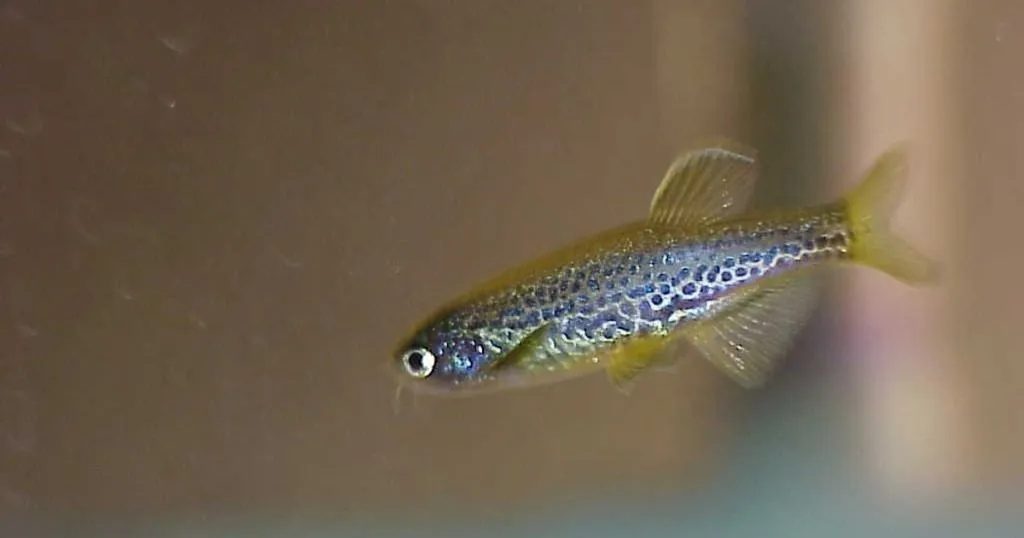
What we can learn from zebrafish in a T-maze
